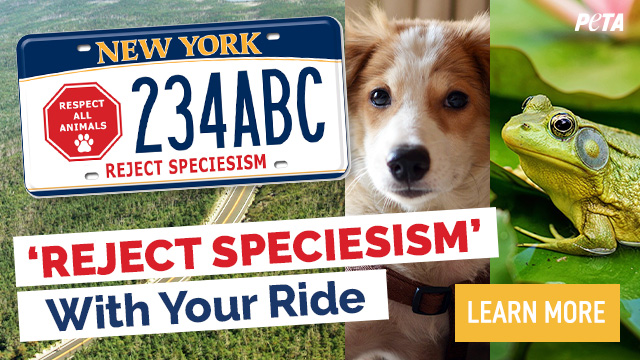How Do You Decide What To Feed Your Dog?
Store Bought Food Vs. “Fresh” Dog Food
Vs. Homemade Meals
Every day, someone asks me what they should be feeding their dog. The most common question I get is, “Is kibble bad for my dog?” The second most common is, “Should I be buying into those super expensive fresh food programs?” The simple answer to both is yes and no.
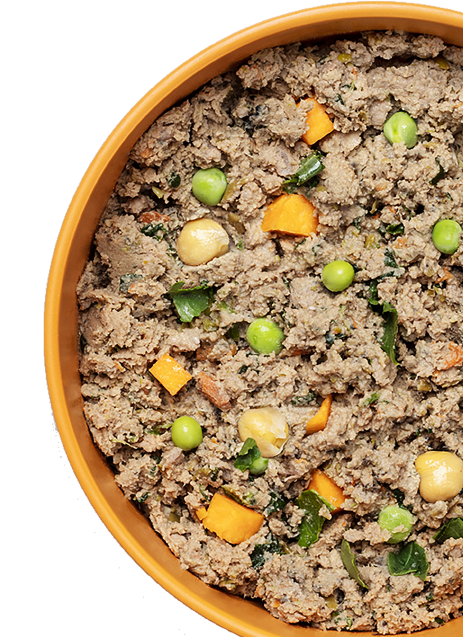
Just like with human food, you can’t make generalized decisions like this based on one person’s opinion, no matter how educated that opinion may be. As an example, the general consensus is that kibble is not the best thing for your dog’s health. It is supposed to be baked, but some brands take a less expensive, more carcinogen-laced route that involves a lot of oil. That means those brands are not good for your pet. However, there are some brands that take extra care, using higher quality ingredients to deliver a more nutritious meal for your best friend. The same is true of those “fresh” food meals. We know that there are many that use natural, fresh and high-quality ingredients and some that use far lower quality ingredients and common freezing techniques with preservatives that are horrible for your pet. That is why I say you just cannot rely on generalizations like these. The same is true of treats. It’s all about perspective, composition and quality.
When I was a kid, in the 1970’s and 80’s, the number-one selling dog food was Alpo. The number one treat was Milk Bone. In those days, dogs were also often tied up in the backyard regardless of how cold or snowy, hot or humid, it was outside. Times have changed…in a very real way. Dogs, for the most part, have a much higher quality of life than their 20th century counterparts. So, would I personally feed either of those brands to my dog today? Not a snowball’s chance in hell. That isn’t to say there aren’t pet parents out there that need brands like these. More often than not, again just like in the human food space, it comes down to price. The reality is that I just will not give my dog anything that I would not eat.
So, back to the argument of what is good and bad for your dog…how do you tell whether a brand is healthy or not for your furrever friend? The biggest indicator of a problem brand is whether or not the ingredient label reads like the Periodic Table of the Elements and if the protein is the first ingredient on that label. If it is, then you can be fairly certain they are a responsible brand. Notice I say “fairly certain”; primarily because corporations know that pet parents look for this when hunting for a new food brand for their pet and adapt. The same is true of treats. If you cannot pronounce the first ten ingredients with some modicum of ease, then you need to start thinking of a Plan B.
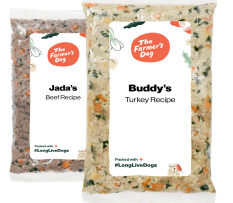
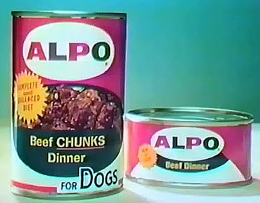
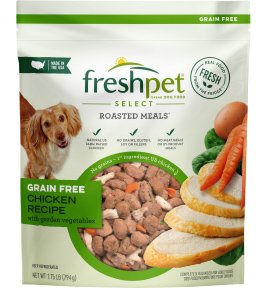
So, let’s talk expensive “fresh” food meals and the like. When you look at brands like FreshPet, The Farmer’s Dog, Ollie, etc., the biggest factor in that decision process is going to be price and availability. I know some of these companies personally, having worked with them. Their ingredients are, for the most part, natural and of human-grade quality. With that quality comes a much higher price than the kibble or canned food brands. As with human organic ingredients, if you can afford it, great! As for availability, it purely depends on location. Some of these “fresh” brands are sold in stores. Most are shipped.
The last meal-type category is homemade. When it comes to our dog, the Spokesdog for Pet Lifestyles Magazine, Brioreo, my wife Kylie and I make all of her food from scratch. We do this for a multitude of reasons. No, it’s not because we don’t like these brands. No, it’s not from a cost POV. It is purely because we want to know what our dog is eating and what is going into her meals. It was a decision we made many years ago when our dogs Snickers and Rolo were both tackling food allergies to poultry and were dealing with skin-dryness. Once we started analyzing the ingredients and cost factors, and saw the health outcomes change dramatically, we stopped buying pet food altogether.
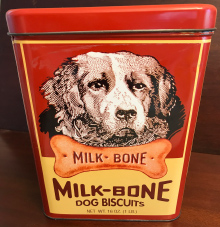
Brioreo gets fed twice daily. Her meals contain broccoli, cauliflower, brussels sprouts, carrot, sweet potato, butternut squash, beets, kale, oats, olive oil, all natural Greek yogurt and ground pork. And because we give her pure dehydrated lamb lung as treats, we monitor her protein intake and adjust the levels of ground pork in her meals. This way, we know she is getting all of the vital ingredients for her health in a balanced way. We also know where her ingredients are coming from and what quality they are. And, yes, it can be less expensive than store-bought kibble bags or “fresh” meals.
Let me be brutally blunt here…do not simply copy the aforementioned ingredients as your dog’s needs may be different than Bri’s are. And not all meals are created equally. We have been making our dogs’ food for well over a decade now. And with that comes a lot of learnings. If you are going to feed your pet homemade meals, please consult your veterinarian first. You should never make this decision without that level of input because there could be underlying deficiencies you are unaware of that your pet needs.
At the end of the day, you need to decide what kind of pet parent you are, or what kind you can afford to be. My personal recommendation is to always err on the side of caution and make your pet’s food. But most don’t know how to carve out the time to do that, nor are they aware of the importance of understanding food sources. But I am not here to judge. I am simply here to advise and present the facts as we see them.
The fact is that dogs who eat healthier fare often have fewer vet visits, more energy and a much happier disposition. And THAT is what is important.







